7 Active Customer Campaigns We Have a Marketing Crush On
Published on December 22, 2016/Last edited on December 22, 2016/8 min read


Team Braze
Certain groups of customers get lots of attention—people who’ve just joined your email list, shoppers who abandon carts, app users who are lapsing, and members of your loyalty program. But what about the rest? What campaigns should be created with “active” customers in mind—those who regularly engage with your emails, website, or app?
“It’s important to have a strategic framework that’s guiding what you’re trying to accomplish,” with your campaigns, says Peter Fader, professor of marketing at the Wharton School University of Pennsylvania, and he’s provided one here, specifically for campaigns aimed at existing customers, for us to follow. To keep things simple as you start to think about active customer campaigns that might work for your company, he says, ask yourself two questions.
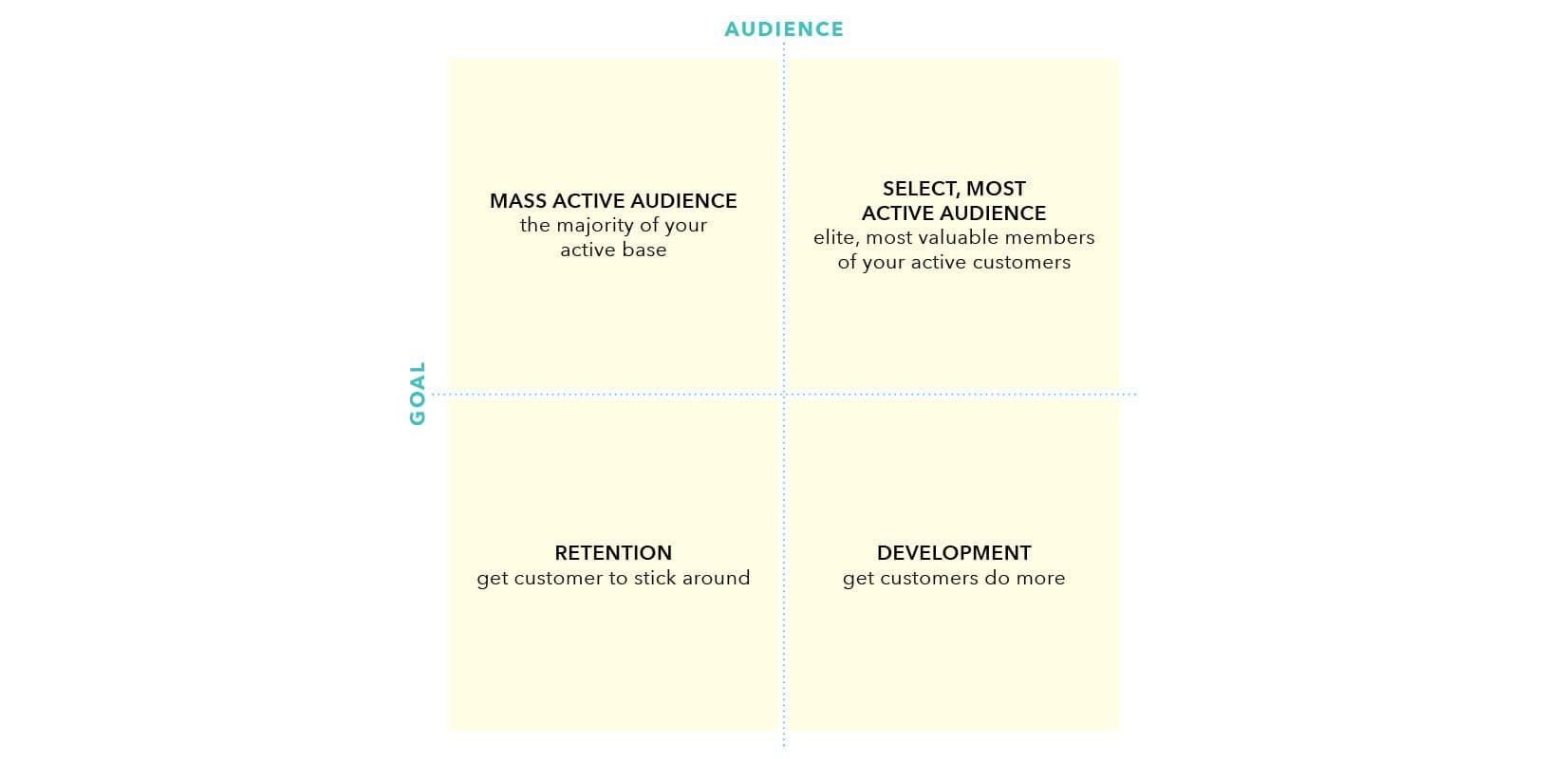
First: Who are we trying to talk to? Most of our customers are in the “mass” segment, not the most active group, says Fader. Second: Are you trying to simply lengthen the life of customers (retention) or get them to do more (development)? When you have this framework, you’ll realize there are four basic campaigns, ones aimed at the majority of active customers, trying to get them to either stick around or do more, and ones aimed at elite active audience members, trying to either retain or develop this base.
With this in mind, here are seven brands doing a standout job of leveraging push notifications, email marketing, in-app messaging, loyalty programs, and more to celebrate, reward, and build relationships with active customers, while keeping campaigns personalized and relevant, and providing a real call to engage.
1. LinkedIn: Gamifying profile views
If you’re like the average American, you most likely have a profile on a number of social media accounts. And, if you’re a job seeker, you’re most likely searching via a number of job apps and websites. But LinkedIn’s the only social network and career networking platform that’s made a game of keeping tabs on profile views. And it does so across multiple channels, keeping active customers updated via push notifications, in-app messaging, and email marketing, a retention marketing best practice.
“This is a development campaign,” says Fader. He explains, LinkedIn is saying, “‘We’re trying to get you to do more.’ That’s a classic case of customer development, getting them to do things beyond what they’ve done.”
The most interesting notification. #LinkedIn pic.twitter.com/nP3JwqOTT8
— Bhavin Rathod (@bhaavinrathod) July 27, 2016
Via push, the message is, at it should be, brief: The user is getting noticed, with a clear CTA to visit the app to find out who’s been viewing their profile.
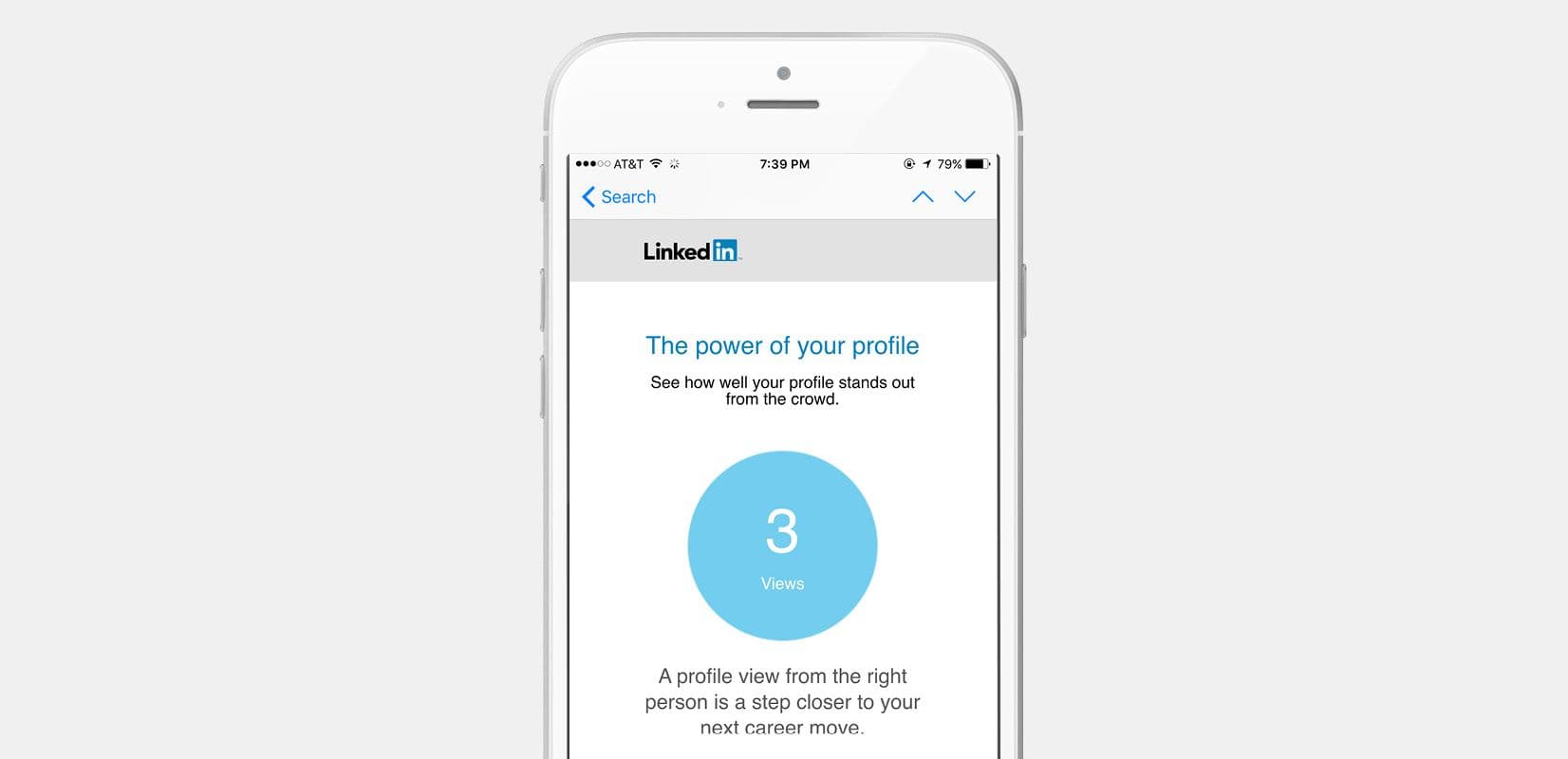
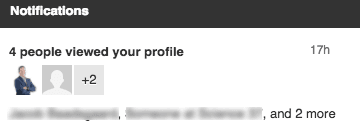
From there, richer in-app messaging guides LinkedIn members to check out the profiles of the people who’ve visited their accounts and see how they rank for profile views, and encourages them to become more engaged to receive more profile views.
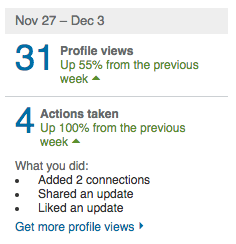
You’ll know these are aiming to develop users into more engaged ones because LinkedIn members have to click the link in the email or open the app to find out about their profile views. Meaning if LinkedIn users don’t engage, they’ll miss out.
2. Timehop: Celebrating the streak
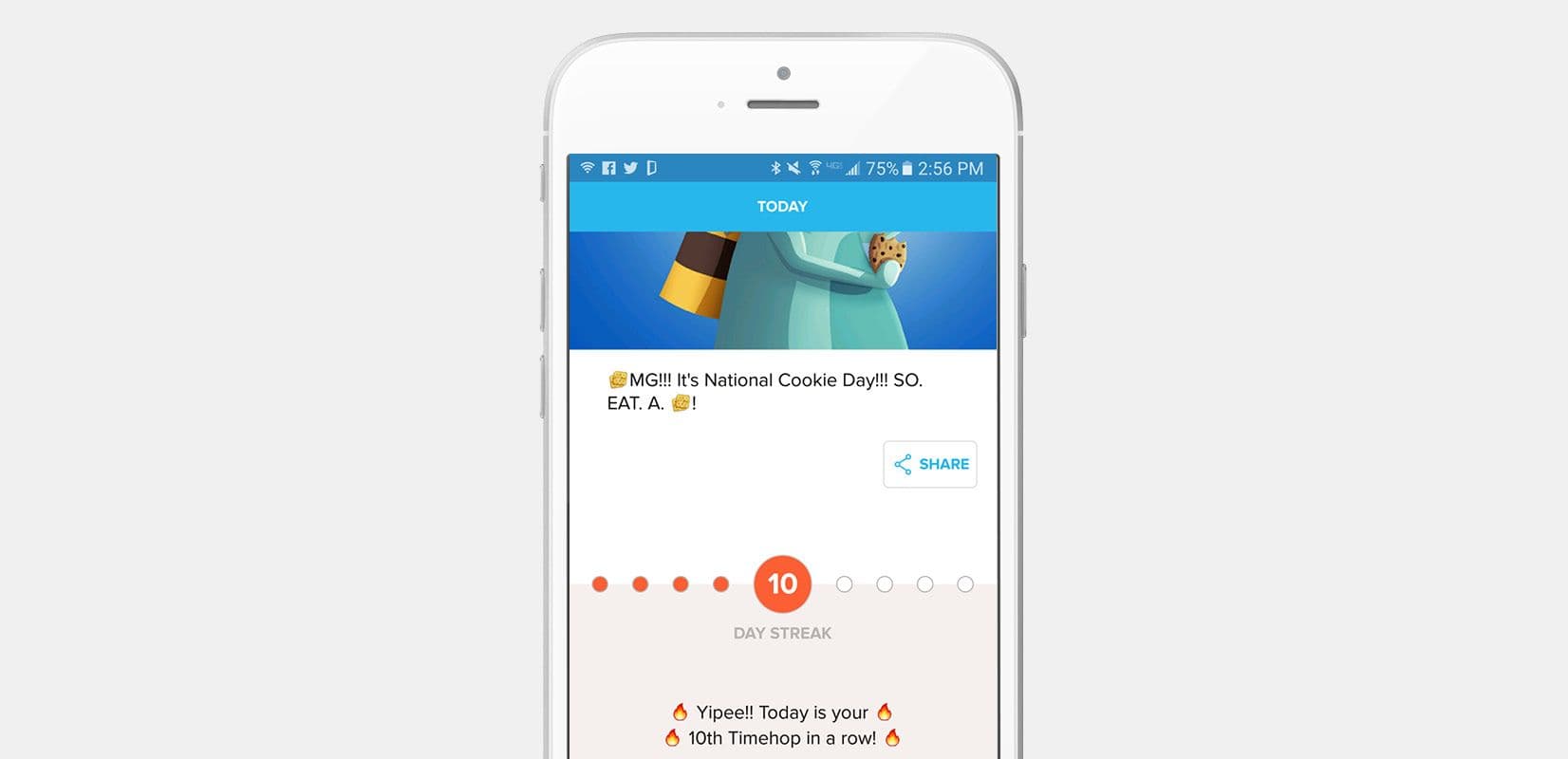
Though simple, this personalized in-app message, “Yippee!! Today is your 10th Timehop in a row!” for the social “time travel” app (you visit your personal history in memories) is spot on in its celebration of the ritual: Taking a walk down memory lane each and every day. According to Appboy research, customers who have a reason to engage consistently are more likely to stick around for the long haul.
By using gamification, this retention campaign aimed at the mass active base is powerful, says Fader. “Whether it’s looking at your history over time or you versus your friends and neighbors, that’s powerful magic. [Especially] anything that creates a bit of urgency,” like Timehop does here, he adds. The implied urgency being: If you don’t come back, you’ll break your streak (and miss out on reliving your good old days).
One word of caution from Fader: “I’ll make a prediction, we are…so susceptible to these types of messages, we’ll start to get less sensitive. It’s amazing how quickly we adapt,” he says, recalling the first time he received personalized email marketing from businesses in the 1990s and he found it highly engaging, noting that today, now that everyone does that, it feels less special.
3. Snapchat: Keeping score and unlocking trophies for your social trophy case
Every time users load their personal Snapchat accounts to add friends or see who’s added them as a friend, Snapchat updates a unique score (seen next to the username below). As the social messaging app explains, it’s a “special equation combining the number of Snaps you’ve sent and received, Stories you’ve posted, and other factors.” In other words, the more customers use Snapchat (both actively as a creator of Snaps and Stories and passively as a viewer of Snaps), the higher their score will be.
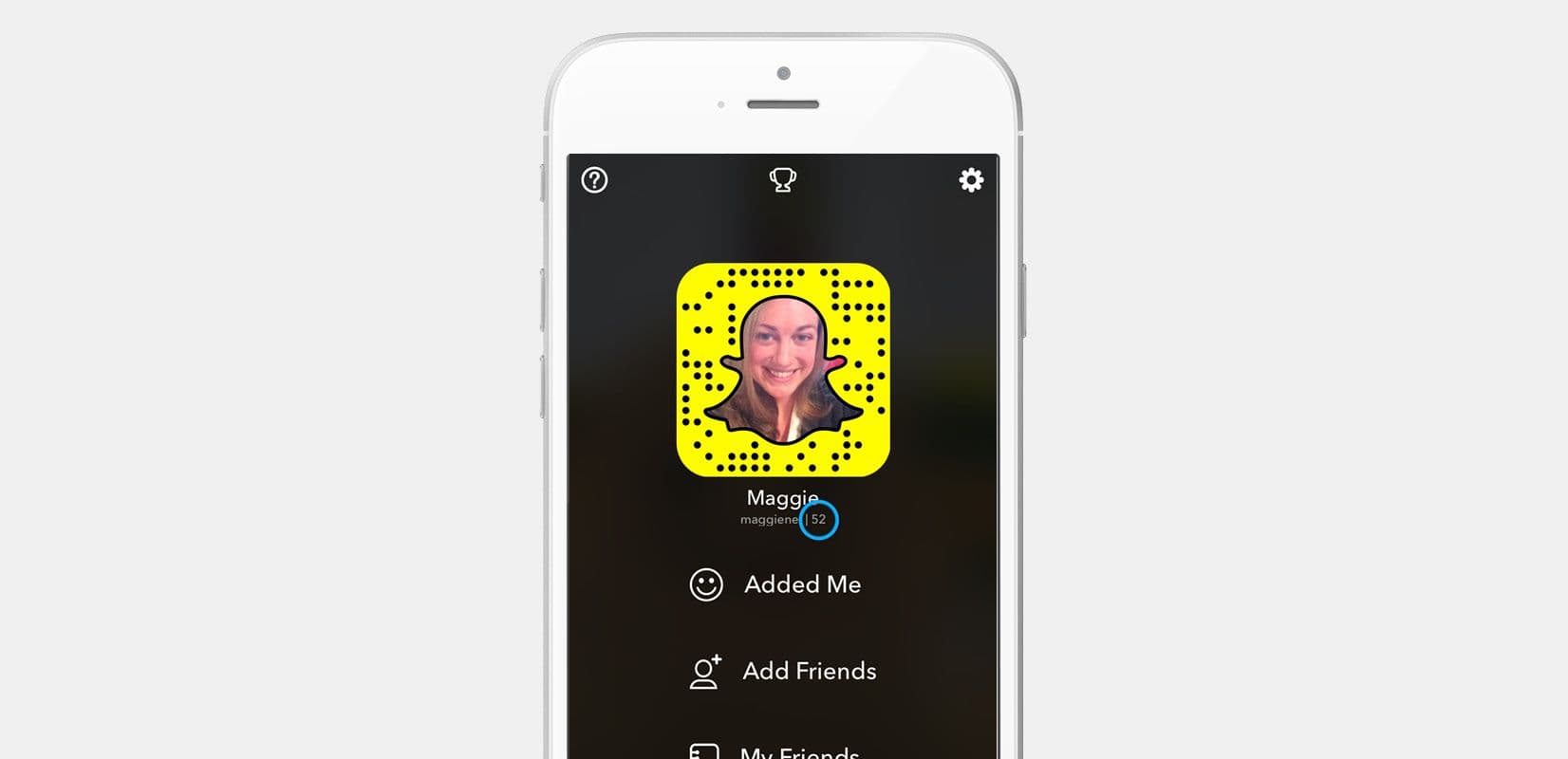
Source: Snapchat
If a high score isn’t enough of a bragging right for active Snapchatters, there’s another way to show off on Snapchat: by unlocking trophies. And as with the score, the key is all about being active with the app, as Snapchat writes: “The more you explore Snapchat, the more opportunities you’ll have to earn trophies. For example, if you reach a high enough Snapchat score, or send a certain number of Snaps, you might earn a trophy 🏆 .”
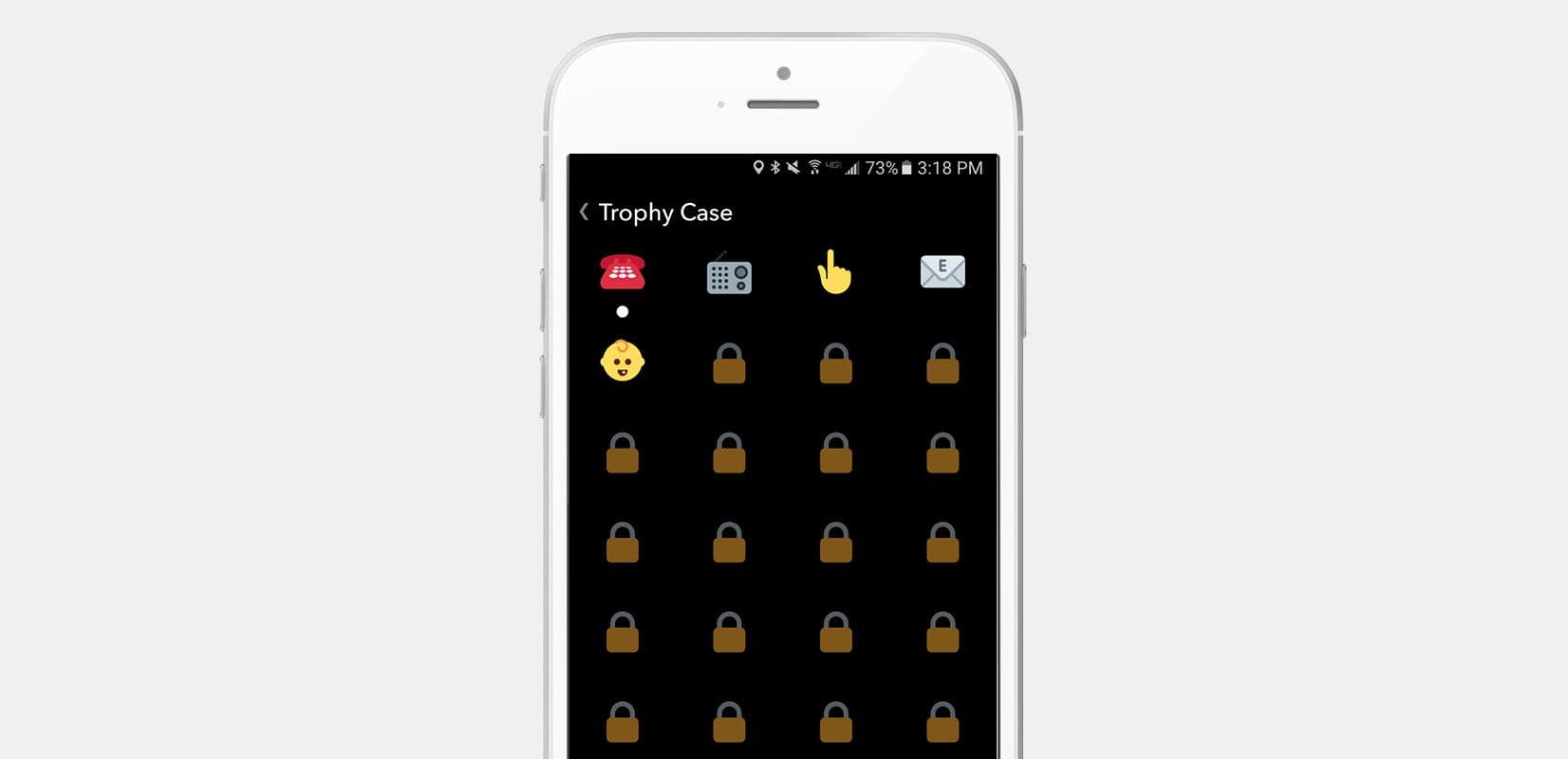
You’ll know these are aimed at the truly engaged, as there’s no corresponding push notification or email marketing campaign. You have to be in the app to see these updates.
As Fader noted earlier, gamification is powerful here. This Snapchat example is another campaign aimed at developing the mass audience by getting them to take more actions.
4. WordPress: Marking the milestones
Not every reward or encouragement can be monetary, nor does it need to be. By providing specific engagement stats, as shown below, via push, in-app, and email notifications, WordPress encourages active users to keep returning to the app and website, and to keep producing content.
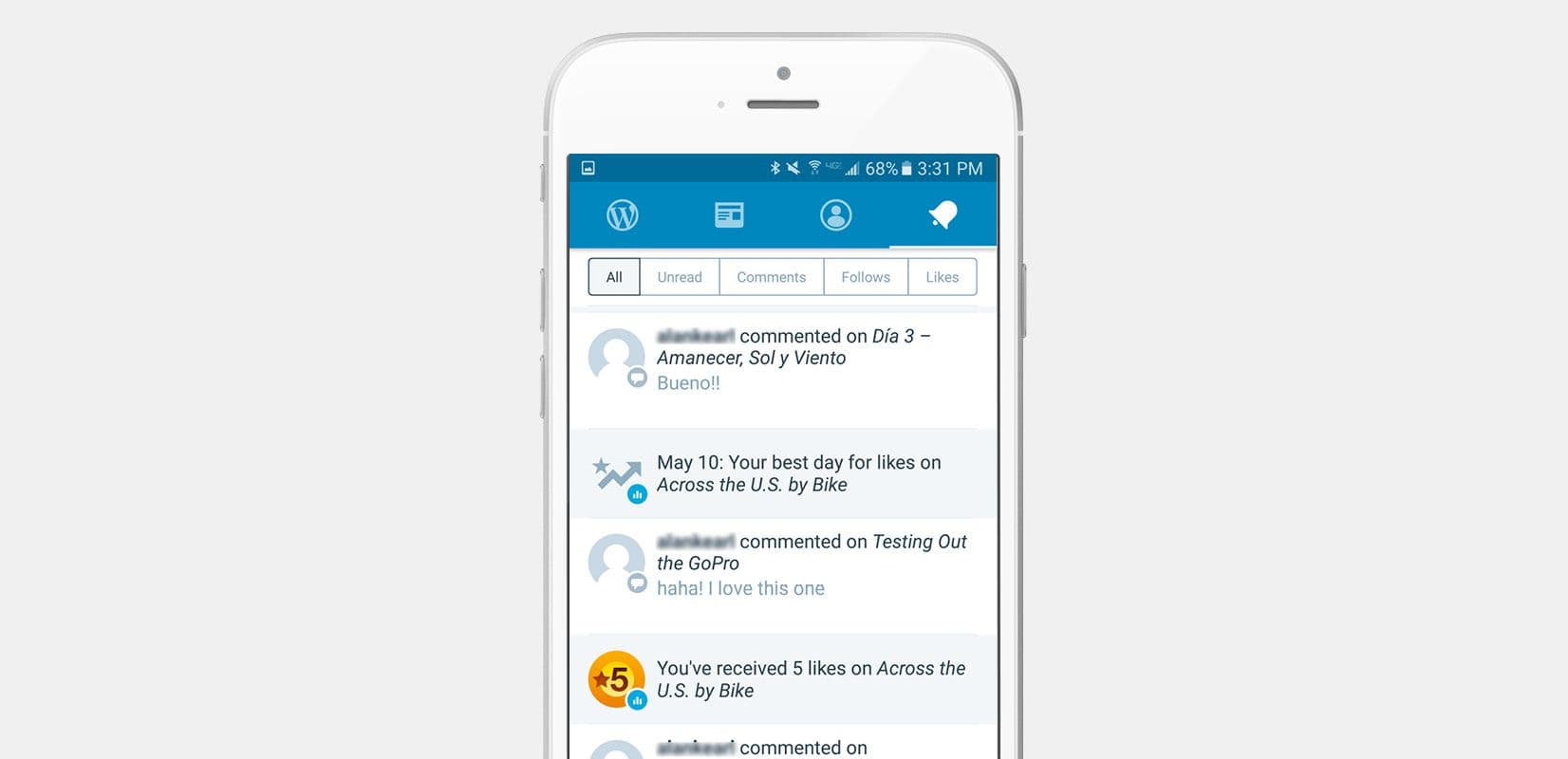
5. Booking.com: Rewarding active bookers
As a commerce-driven travel app, Booking.com can and does use a little financial incentive with its development campaign aimed at the most active users to get them to take the next step within the app: Unlock a new membership level that comes with an exclusive offer of a 10% discount.
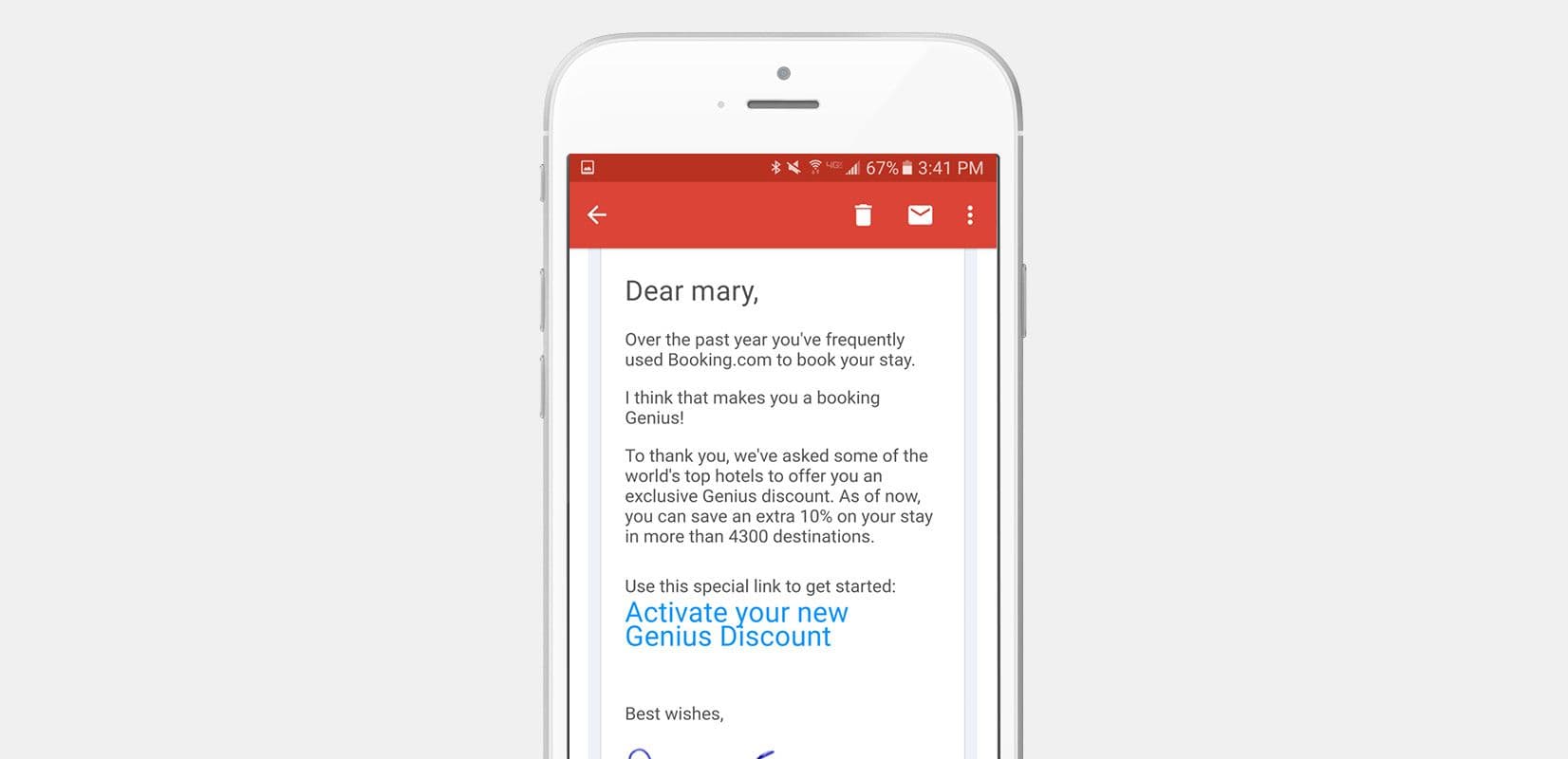
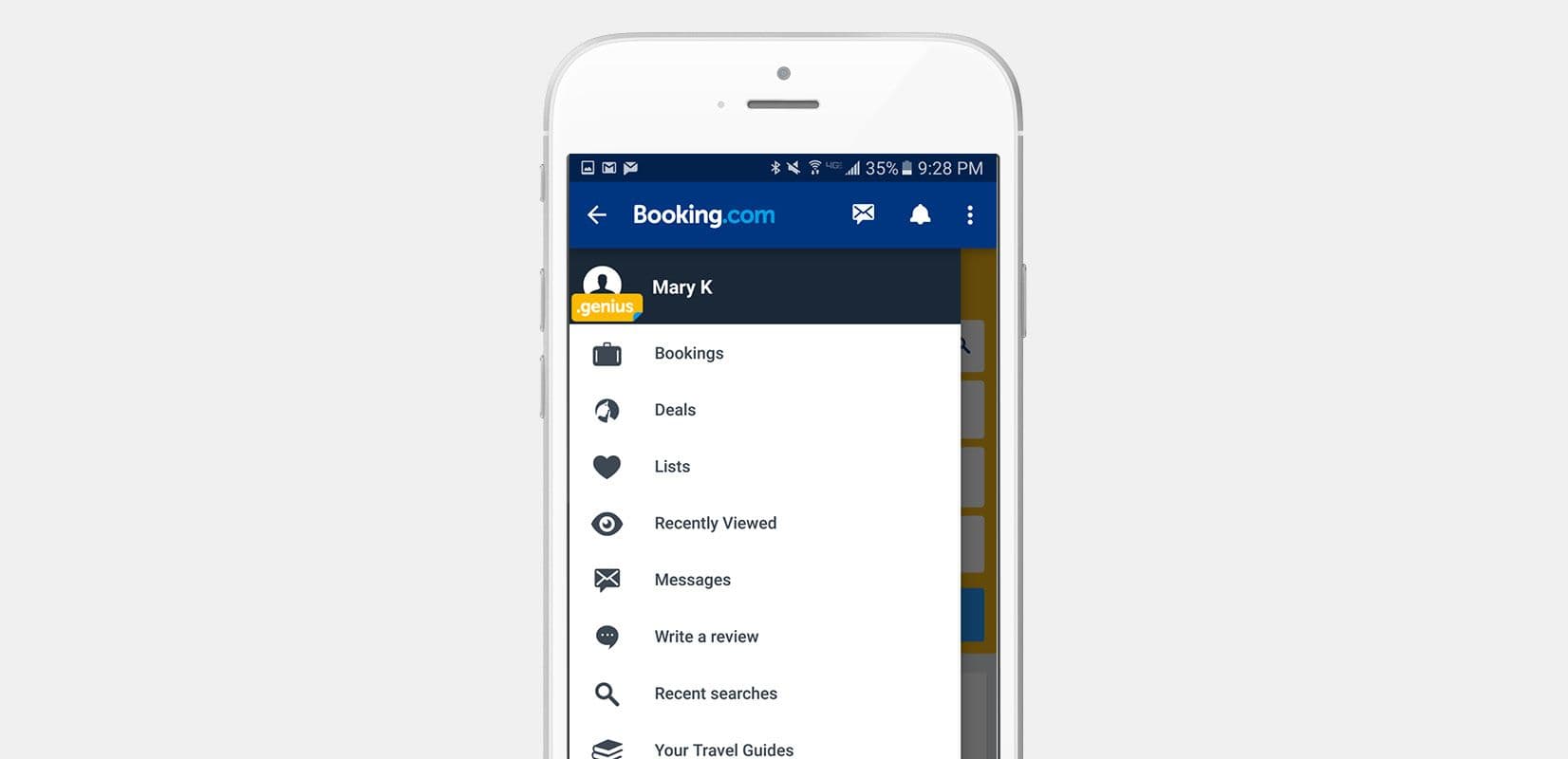
And once the level is unlocked, the in-app experience reminds users of their new level.
6. Duolingo: Fluency progress
It’s one thing to dabble in language learning. It’s another thing to achieve a level of fluency. Education app Duolingo aims to encourage active users to go from couch potato learners to fluent speakers, readers, and writers of a new language through push notifications, in-app messages, email reminders, and social sharing campaigns.
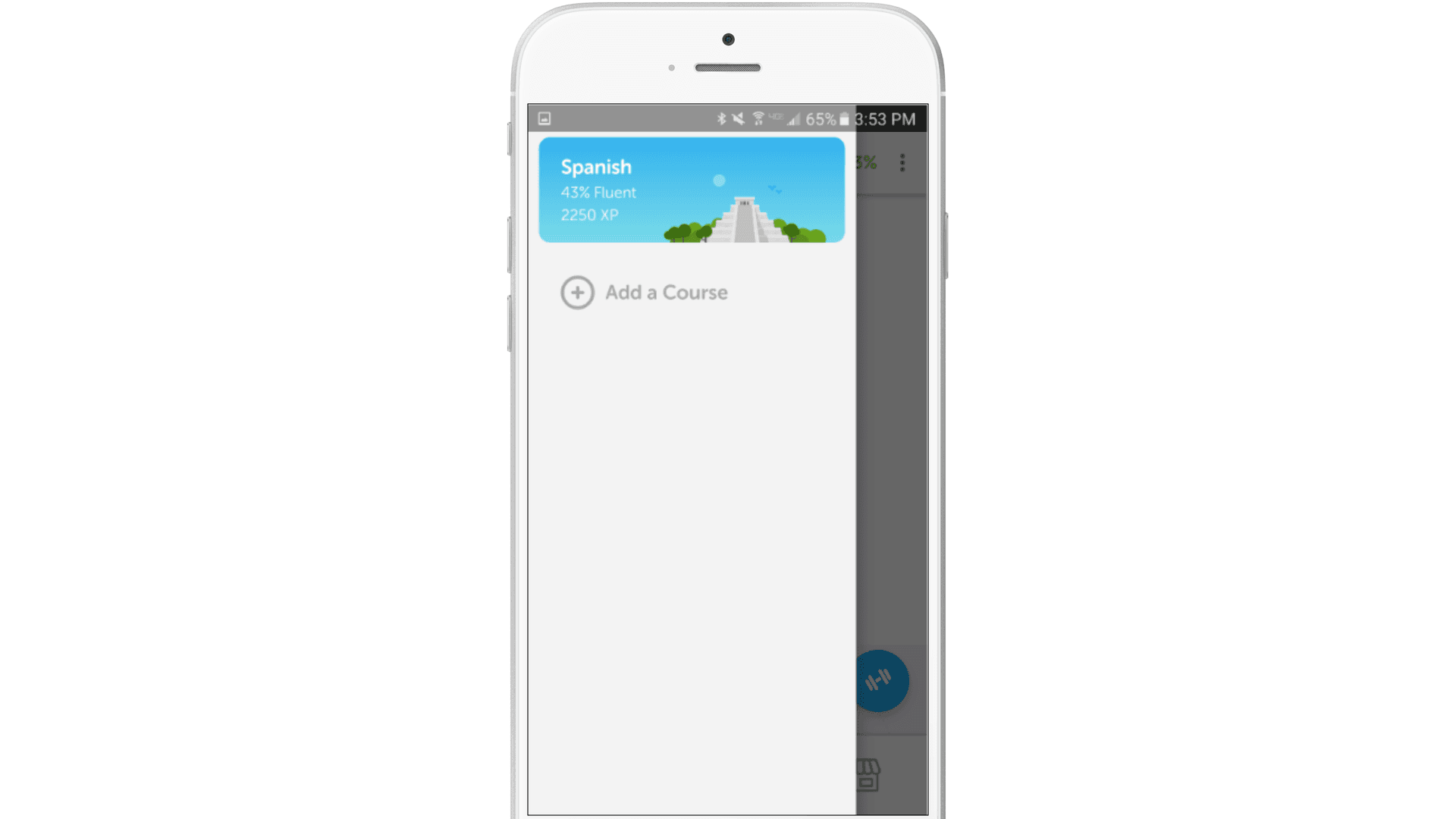
In-app, customers see a language-learning progress tracker.
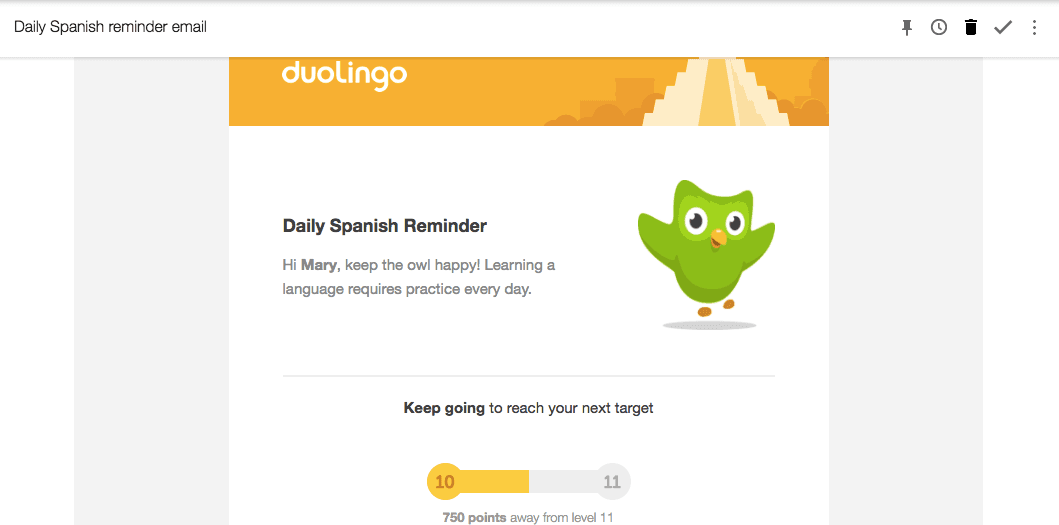
Duolingo pairs email marketing updates with push reminders to keep app users motivated to achieve their learning goals.
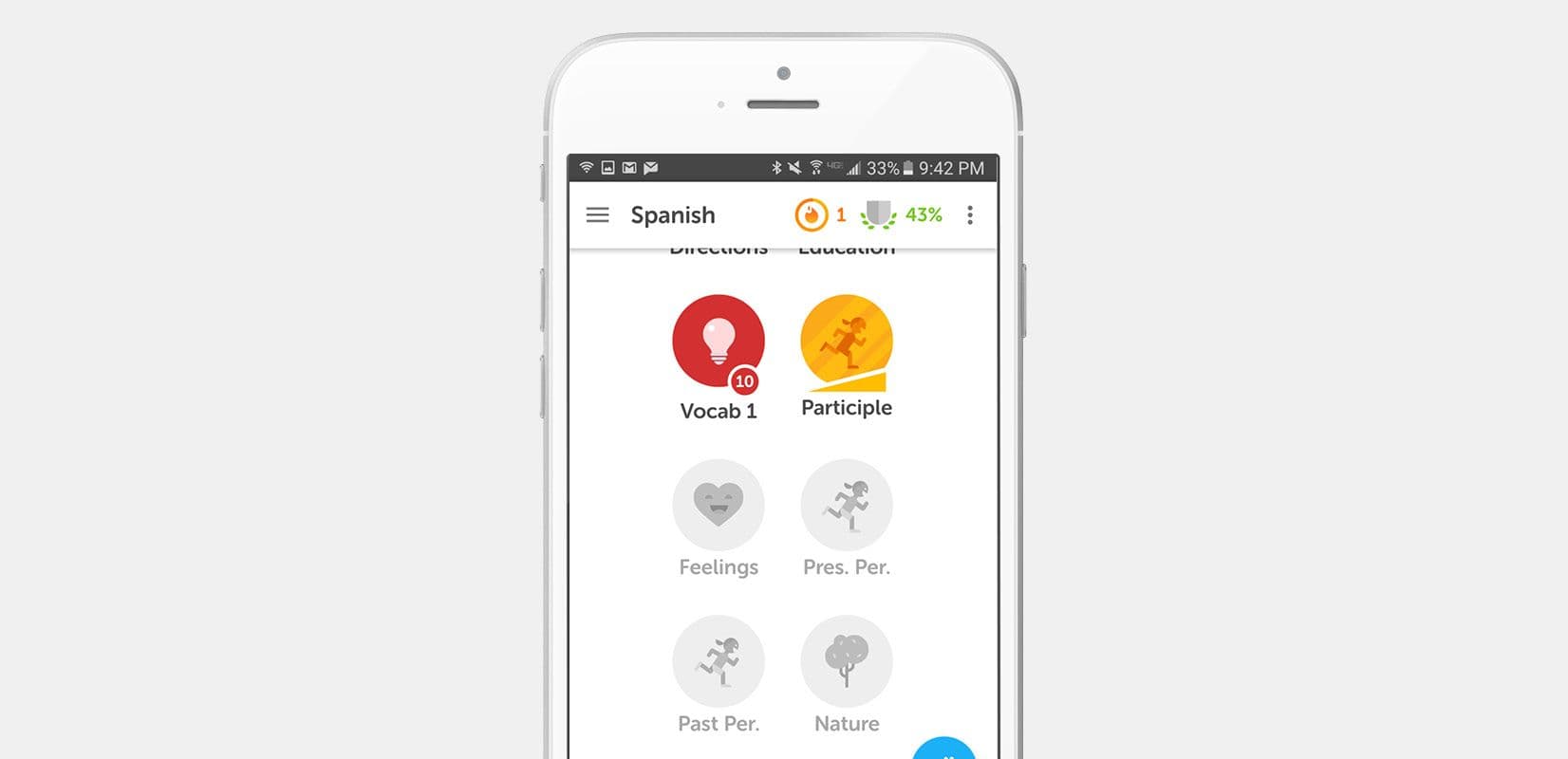
As with gaming apps, advanced levels must be earned, and Duolingo uses messages like the one at the bottom of the screen here, which can be built with in-app messages, to remind users what they need to do to unlock higher levels.
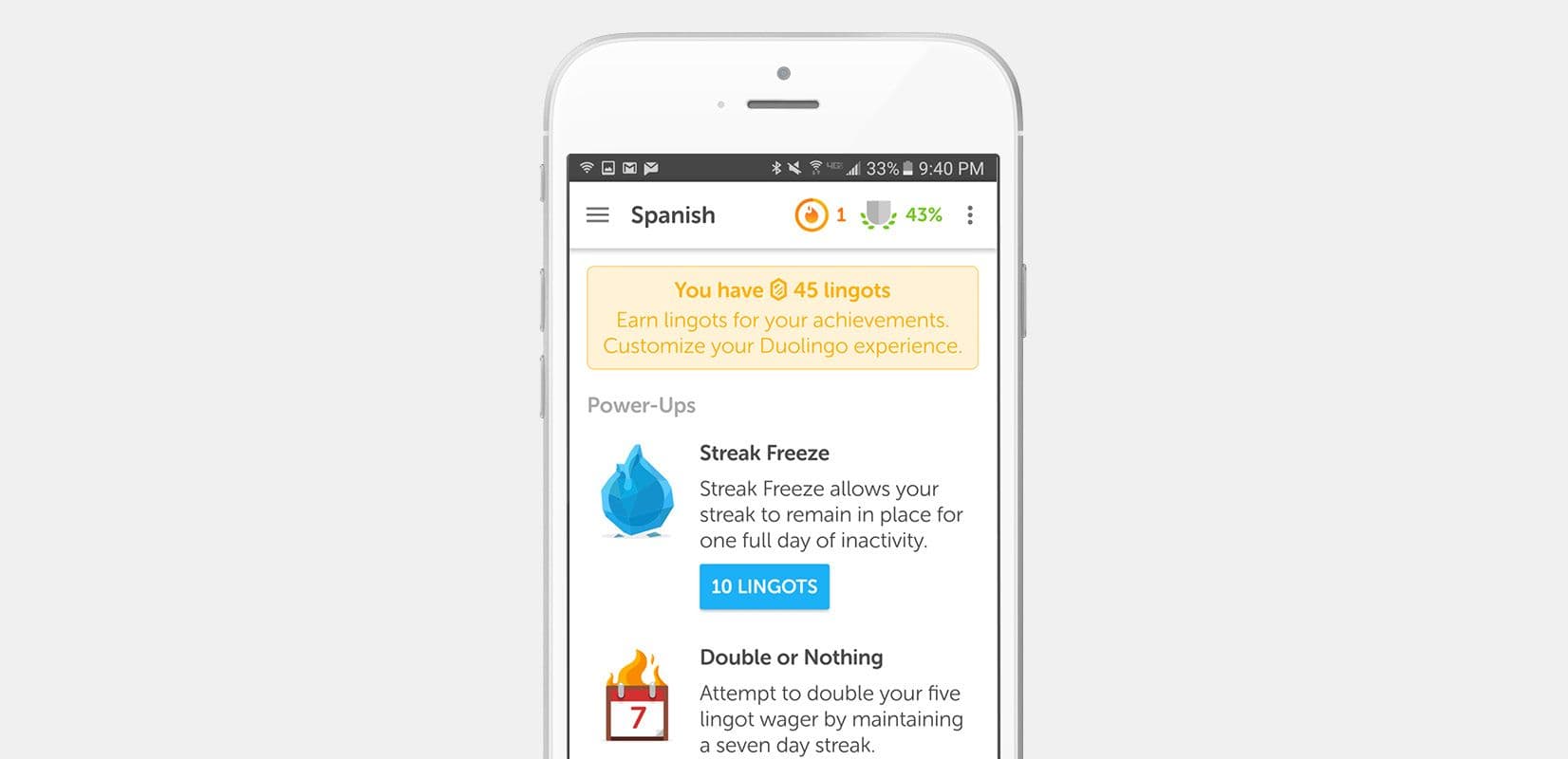
Active linguists earn “Lingots” (Duolingo “money”) by completing tests and advancing to higher levels, which can be traded for custom courses in Duolingo’s store.
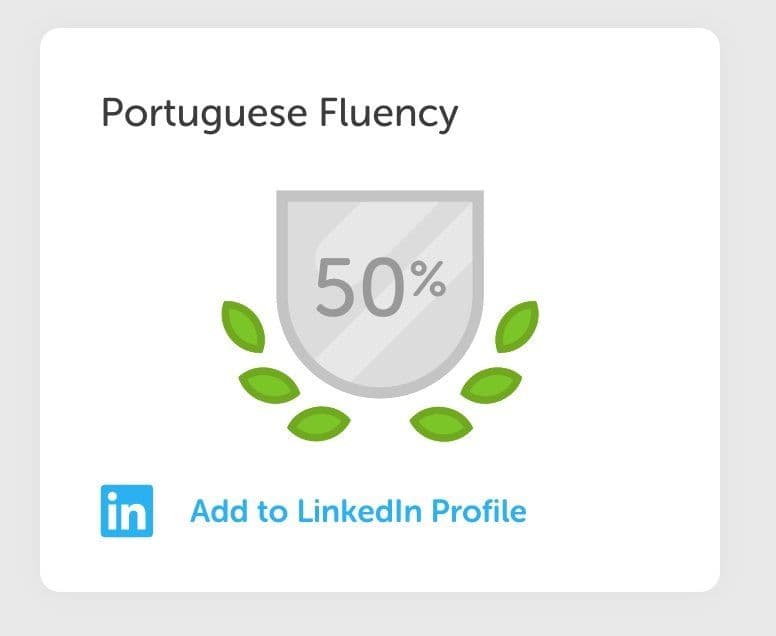
Source: Reddit
As users achieve levels of fluency, they can take their commitment to Duolingo learning to the next level by sharing their progress on LinkedIn.
7. Yelp: Elite status
Encouraging activity is embedded into the very fabric of the local reviews app Yelp. Without activity, Yelp’s entirely user-generated content model couldn’t exist. Without high-quality, reliable opinions and photos, the app and site could lose credibility and interest from users. The Yelp “Elite” is a membership level, aimed at ensuring this quality control, that can be unlocked via self-selection by applying within the app or online. Who qualifies? Those who write the best reviews, share the best photos, and have a complete account profile.
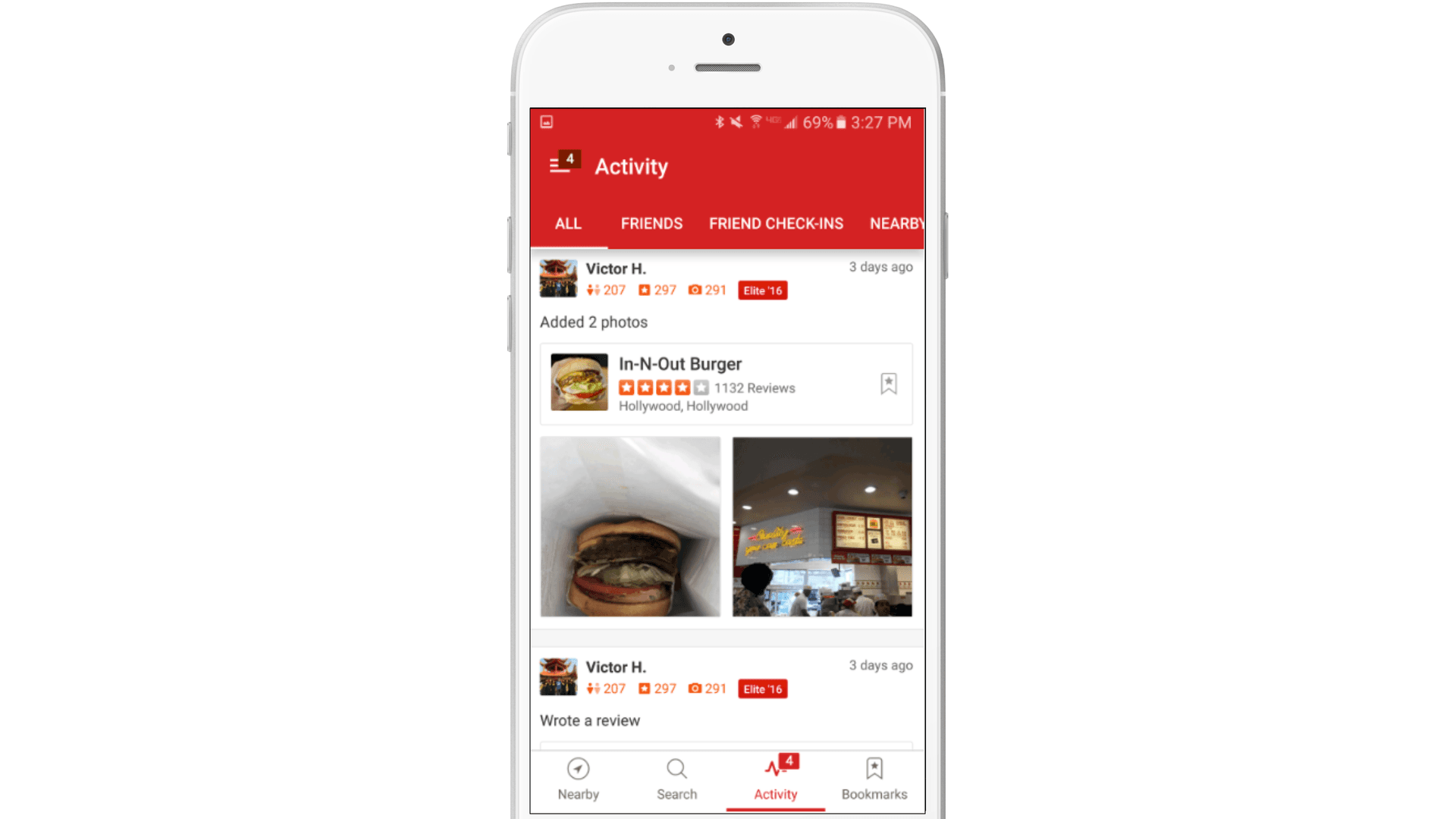
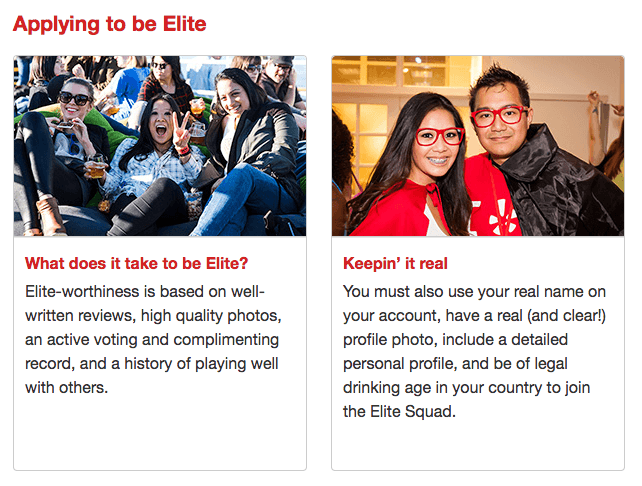
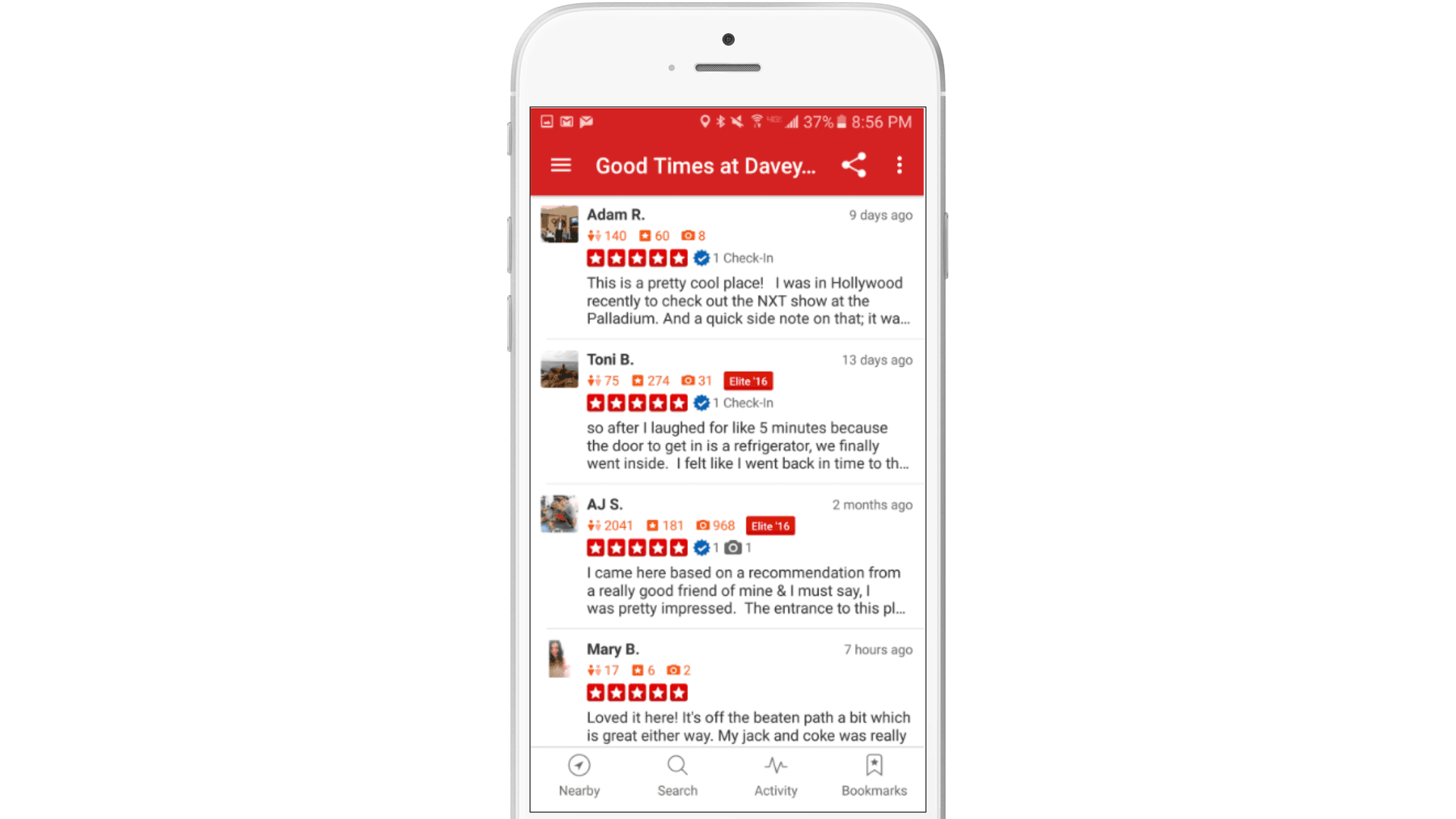
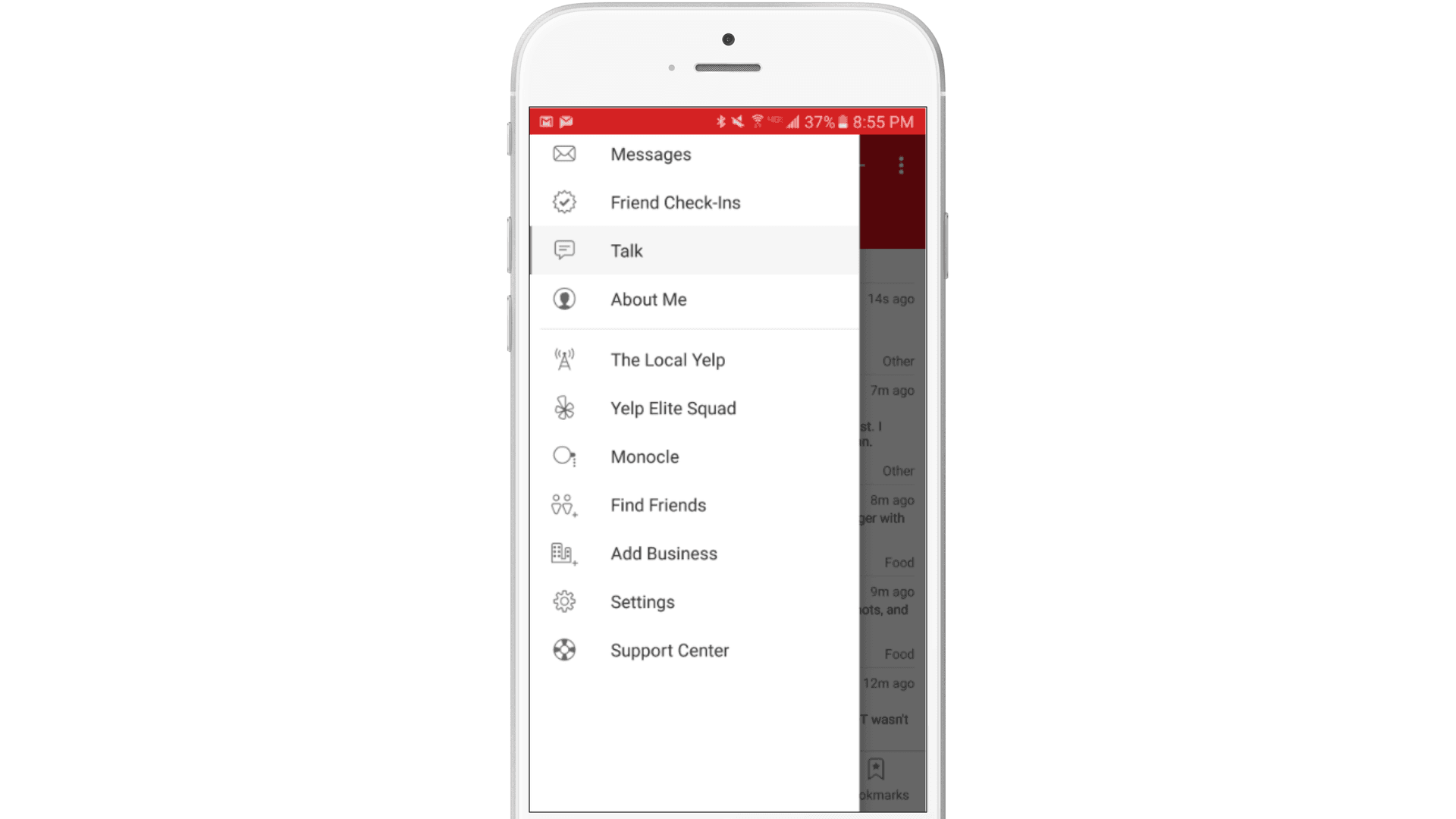
While Yelp promotes the program seamlessly throughout the app (in the menu above, see the reference to the Yelp Elite Squad), within messaging activity, and within reviews themselves, it might take a cue from others like Timehop, WordPress, or Duolingo, and give users updates, in this case indicating their progress toward becoming eligible for applying to be a Yelp Elite.
How to take personalization to the next level
As these brands’ active customer campaigns have shown, there’s more to personalization than simply knowing a customer’s name. If you’re ready for personalized marketing strategies that really make a difference, we’ve identified five that have the potential to increase customer conversions by more than 27%.
Be Absolutely Engaging.™
Sign up for regular updates from Braze.
Related Content
View the Blog
The new inbox reality: How iOS changes are reshaping email marketing

Aparna Prasad

Experience optimization: Turning data insights into better journeys

Team Braze

December 2025 Bonfire Marketer of the Month: Jagex’s Emma Oliver
